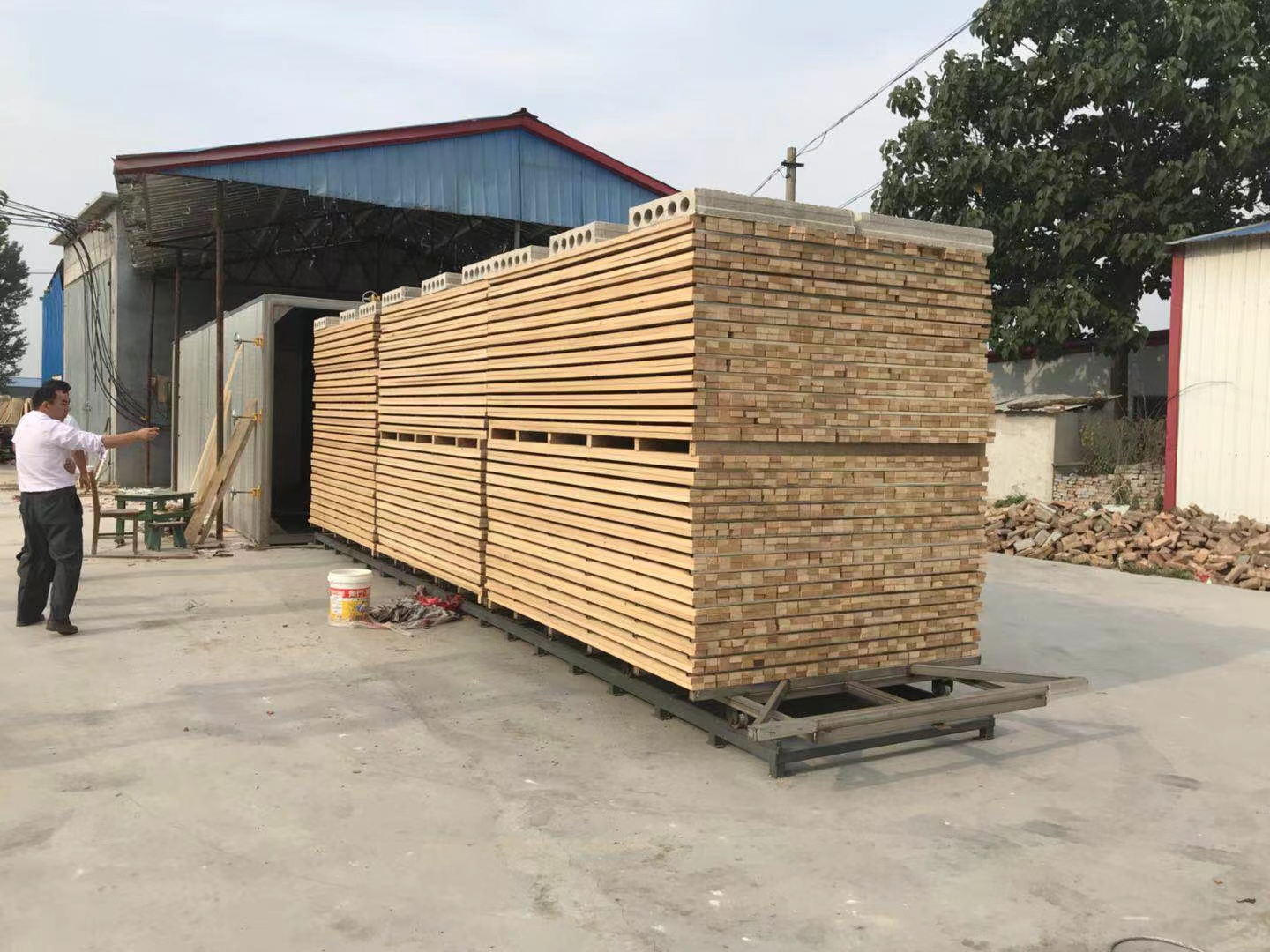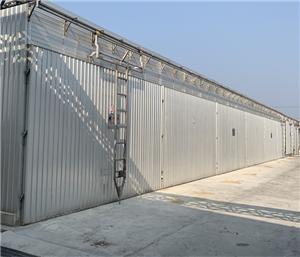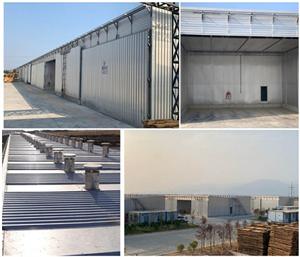Thermal modification of wood modification (wood heat treatment)

Wood modification is the process of improving the properties of wood. It uses chemical, biological or physical media to act on the wood to enhance the desired properties of the wood during the service cycle. In addition, the modified wood itself should be non-toxic during the service cycle and not release any toxic substances during or after the service cycle.
Methods of wood modification
Wood chemical modification: The chemical reactants react with the hydroxyl groups of the wood cell wall polymer, resulting in the formation of covalent bonds between the reactants and the wood matrix
Thermal modification of wood: heating the wood, resulting in a certain degree of degradation of the wood components, resulting in the desired improvement of the wood properties
Wood surface modification: Chemical, physical or biological (enzymatic) agents are applied to the wood surface to obtain the desired improvement in properties.
Wood Impregnation Modification: Filling the wood matrix with an inert material (impregnant) in order to obtain the desired change in properties.
Wood compaction modification: The wood is steamed or boiled in hot water to soften it, and then the wood is hot-pressed to a specified thickness on a hot press to improve the density and strength of the wood.
Mechanism of thermal modification of wood (wood carbonization)
Thermal modification is the most successful and most economical wood modification method among the methods of wood modification so far.
Wood is composed of hemifibers, cellulose, lignin and small amounts of extractives. Hemicellulose has poor heat resistance and is first degraded under high temperature to generate free acetic acid, formic acid and methanol, and the released organic acid acts as a catalyst to accelerate the degradation of hemicellulose and the amorphous region of cellulose. The hygroscopic hydroxyl group in the wood is significantly reduced, which reduces the hygroscopicity of the wood and increases the dimensional stability. With the degradation of the cellulose amorphous region, the proportion of the crystalline region is increased, which also reduces the hygroscopicity of the wood and increases the dimensional stability. In addition, the increase in lateral connections in the lignin network during heat treatment also increases the dimensional stability.
The improvement in the biological durability of thermally modified materials is due to the following reasons
- During the thermal degradation of wood, acidic substances such as acetic acid and formic acid are generated, which affects the metabolic process of decay bacteria in the heat-treated wood, thereby enhancing the corrosion resistance.
- During the thermal degradation of wood, a variety of phenolic compounds are produced, and vanillin can prevent or delay the growth of decaying fungi.
- The increase in the proportion of cellulose crystalline regions limits or delays the degradation of long molecular chains of cellulose by non-enzymatic oxidants and the diffusion of soluble oligosaccharides or monosaccharides into the wood cell cavity.
- Increased lateral connections in the lignin reticulum, hindering the reaction of non-enzymatic oxidants and the degradation of lignin by ligninolytic enzymes.
- The reduction of hygroscopicity and water absorption of thermally modified materials is not conducive to the parasitic and reproduction of decaying bacteria.
Our main products cover Conventional Wood Drying Kilns,Track Type Veneer Drying Kilns,Heat Pump Drying Kilns,food drying chambers,wood carbonization kiln and so on. Welcome to contact me if you are interested.




